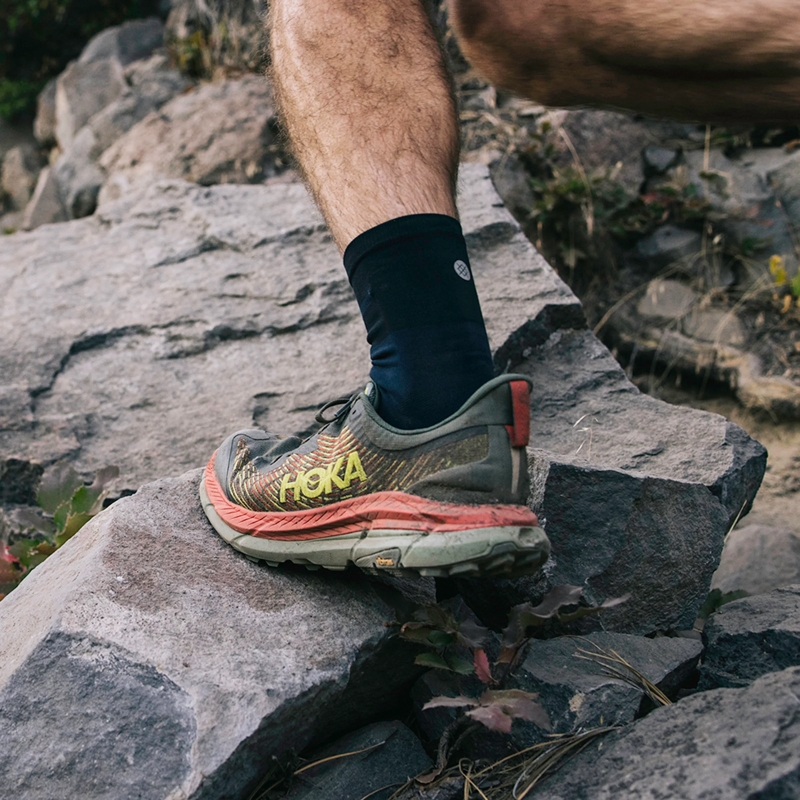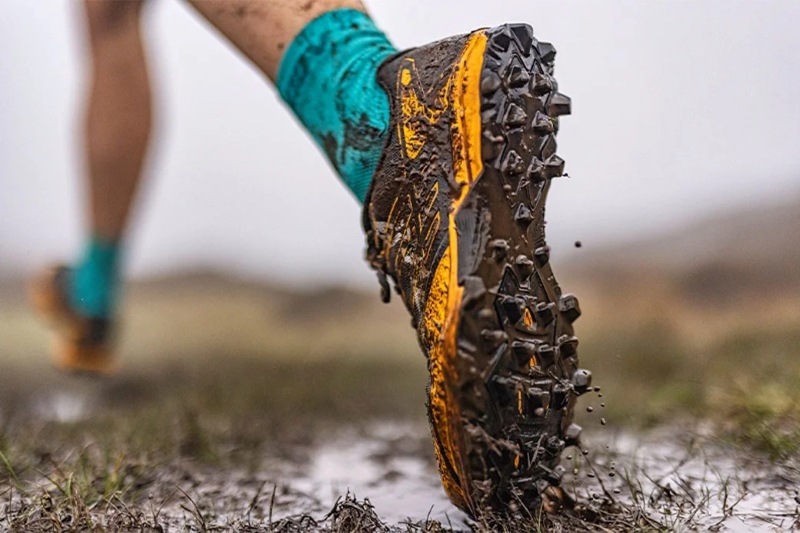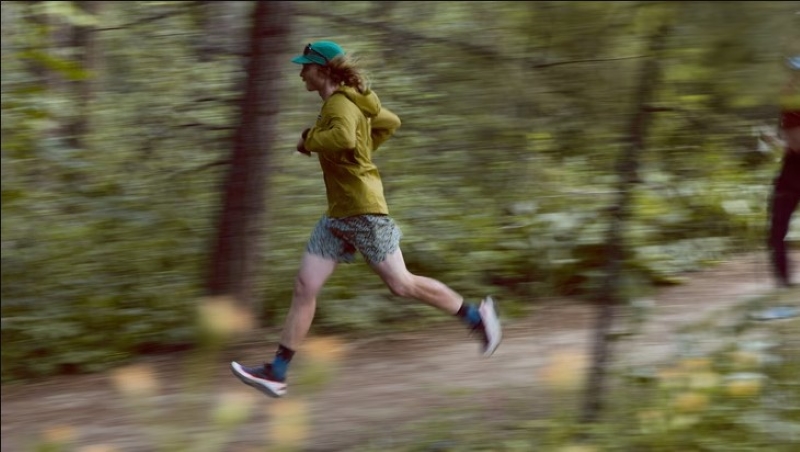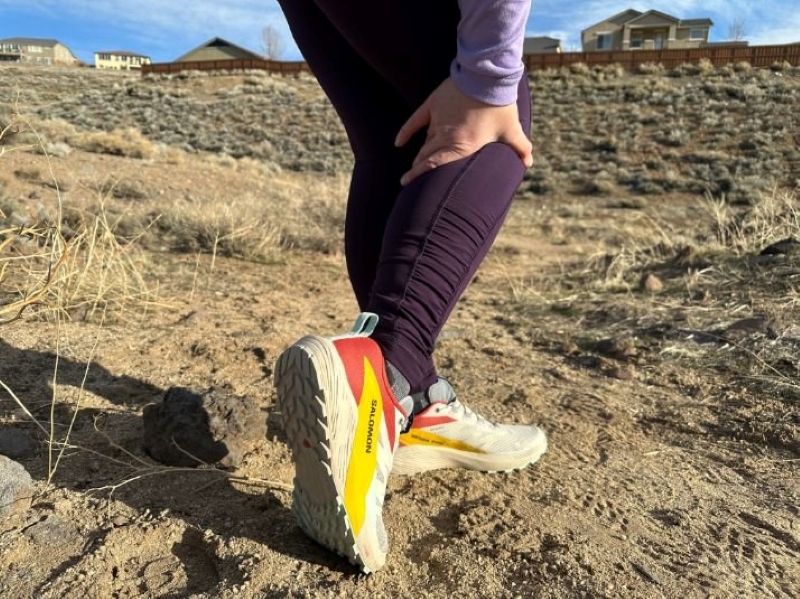Ah, the great outdoors! The thrill of feeling the wind in your hair and the earth beneath your feet—there’s nothing quite like trail running. But before you dash off into the wilderness, let’s talk about something that can make or break your adventure: your shoes. Just like you wouldn’t wear flip-flops for a marathon, the type of terrain you tackle on the trails requires specialized footwear.
So, lace up and let’s explore how to pick the right shoes for trail running for your unique escapades!
Know Your Terrain: The Foundation of Your Decision
Before you even think about shoe shopping, take a moment to understand the different terrains you might encounter on your runs. Each surface presents its own challenges and requires specific features in your footwear.
1. Rocky Trails: The Mountain Goat Challenge
Picture this: you’re navigating through rugged mountain trails, dodging loose rocks and sharp gravel. For these types of terrains, you need shoes that offer exceptional grip and protection. Look for:
- Sturdy Outsoles: Shoes with aggressive lugs (the rubber knobs on the bottom) will provide better traction on uneven surfaces. Look for a tread pattern designed for stability.
- Protective Toe Caps: Rocky trails can be unforgiving, and a protective toe cap can save your toes from unexpected bumps and scrapes.
- Lightweight Cushioning: You want enough cushioning to absorb impact but not so much that you lose the feel of the ground. Look for a balanced midsole that gives you responsiveness without compromising support.
2. Muddy Paths: Slip-Sliding Away
There’s something exhilarating about splashing through puddles and mud on your run, but muddy trails can be a real challenge. To tackle these slippery surfaces, you’ll want shoes that excel in traction and drainage:
- Deep Lugs: The more aggressive the lug pattern, the better. Look for shoes that have widely spaced lugs that can dig into the mud and provide grip.
- Water-Resistant Materials: While you may not be able to avoid the mud, you can prevent water from seeping in. Shoes made from water-resistant materials help keep your feet dry.
- Quick-Drying Fabrics: Choose shoes that dry quickly after crossing streams or puddles. This will help prevent discomfort from wet socks.
3. Forest Routes: The All-Around Adventure
Running through the woods is like being in your own personal wonderland. You’ll encounter everything from soft soil to roots and pine needles, so you need versatile shoes that can handle it all:
- Moderate Lugs: You don’t need the most aggressive tread for forest trails, but moderate lugs will provide sufficient grip on different surfaces.
- Comfortable Fit: Look for shoes that provide a snug but comfortable fit. You’ll want to feel secure without sacrificing comfort.
- Breathable Material: Since forest trails can get warm, a shoe with breathable mesh helps keep your feet cool and dry.
4. Sandy Trails: Embrace the Beach Vibes
Running on sandy trails or beaches can be a unique experience, but they require special attention too. Here’s what to look for:
- Flexible Design: Shoes that are too rigid can make it difficult to run on soft sand. Look for a shoe that offers flexibility while still providing support.
- Lightweight: You don’t want to feel weighed down by your shoes in the sand. Opt for lightweight materials that won’t drag you down.
- Good Drainage: If you plan to run near the water, consider shoes with drainage holes to allow water to escape and keep your feet comfortable.
Fit Matters: The Right Size Can Make All the Difference
When it comes to trail running shoes, fit is everything. You want to ensure your shoes fit snugly without being too tight. Here are some tips to get the perfect fit:
- Try Before You Buy: Always try on shoes at the end of the day when your feet are slightly swollen. This helps you get a more accurate fit.
- Consider Your Socks: When trying on shoes, wear the socks you plan to run in. This will help you gauge the fit more accurately.
- Check for Movement: Make sure there’s about a thumb’s width of space between your longest toe and the front of the shoe. You should be able to wiggle your toes comfortably.
Breaking Them In: Give Your Shoes Some Love
Once you’ve picked the perfect pair of shoes for trail running, it’s time to break them in. Just like any relationship, your new shoes need some quality time before you hit the trails:
- Start Slow: Wear your new shoes for short runs or even around the house to break them in. Gradually increase the distance as they start to feel more comfortable.
- Listen to Your Feet: If you experience discomfort or rubbing, adjust how you wear them. Sometimes a simple adjustment in lacing can make all the difference.
Conclusion: Trail Bliss Awaits
Choosing the right trail running shoes on terrain is essential for a safe and enjoyable running experience. Make sure you understand the different types of trails you’ll encounter to choose shoes that fit your needs and you’ll be well on your way to conquering the great outdoors.
So, whether you’re jumping over roots, splashing through mud, or cruising along sandy paths, remember: the right shoes can turn a good run into a great adventure.